The 5 best cities in America for veterans — and the 5 worst
A new list examines which cities provide veterans with the highest quality of life by looking at unemployment rates, VA quality, and more
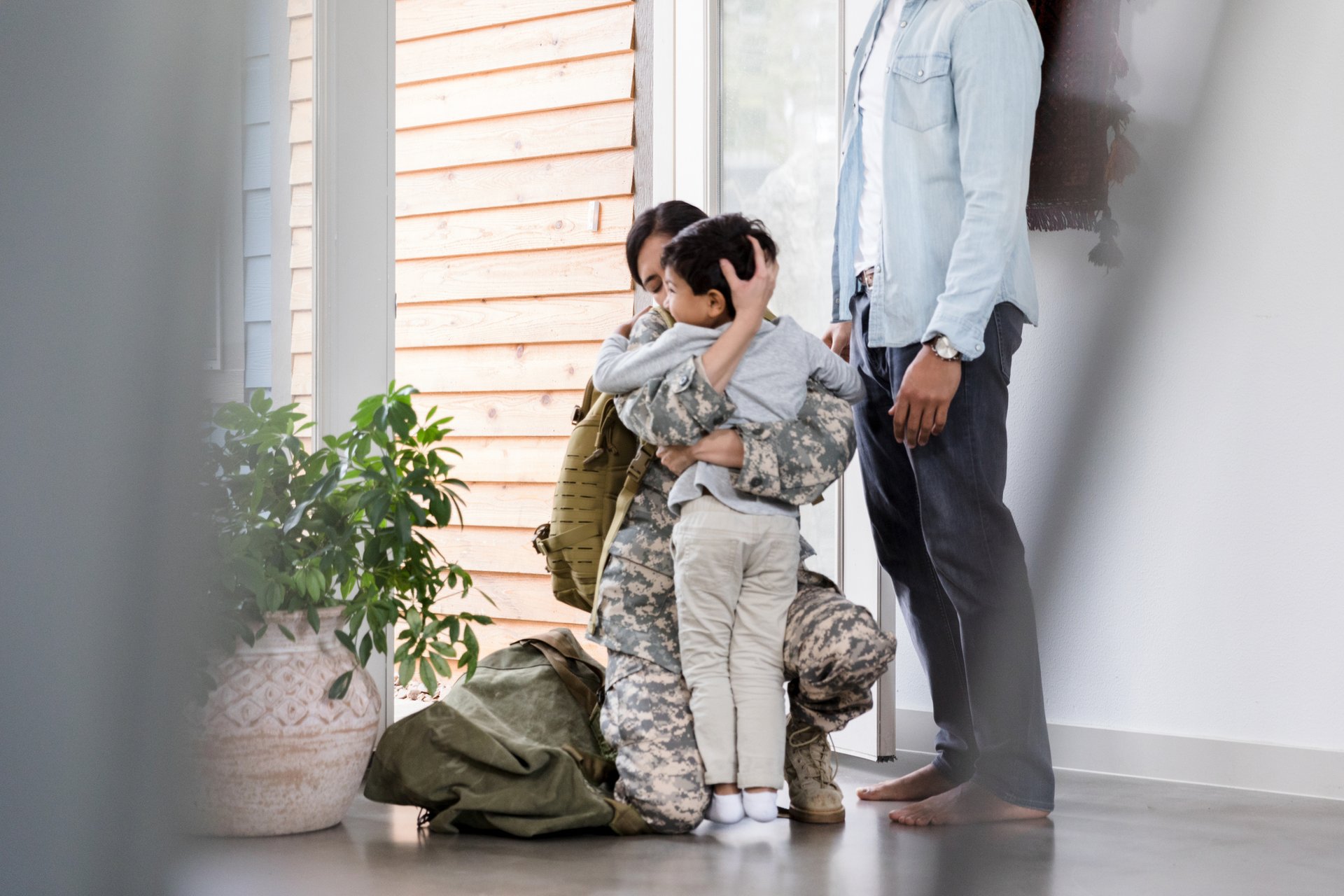
SDI Productions / Getty Images
For the 17.6 million veterans living in the United States, life after service can be a mixed bag. While national unemployment among veterans is just 3.1%, millions still face housing insecurity and have trouble accessing healthcare and education. And where they live could be making matters worse.
WalletHub compared the 100 largest U.S. cities across 19 key livability, affordability, and veteran support indicators to determine the best and worst places for veterans. The ranking examined everything from veteran unemployment and income growth to the availability of VA health facilities and military discounts at local businesses.
“When veterans return home from serving our nation, it’s important for them to live in a place that provides good education and employment opportunities, along with access to quality care for their physical and mental health,” said WalletHub analyst Chip Lupo. “The best cities for veterans have all these characteristics, plus added bonuses like large veteran populations for community support, as well as restaurants and entertainment venues that offer veteran discounts.”
Continue reading to see which cities made the list — and why.
1 / 10
5th Best: Colorado Springs, Colorado
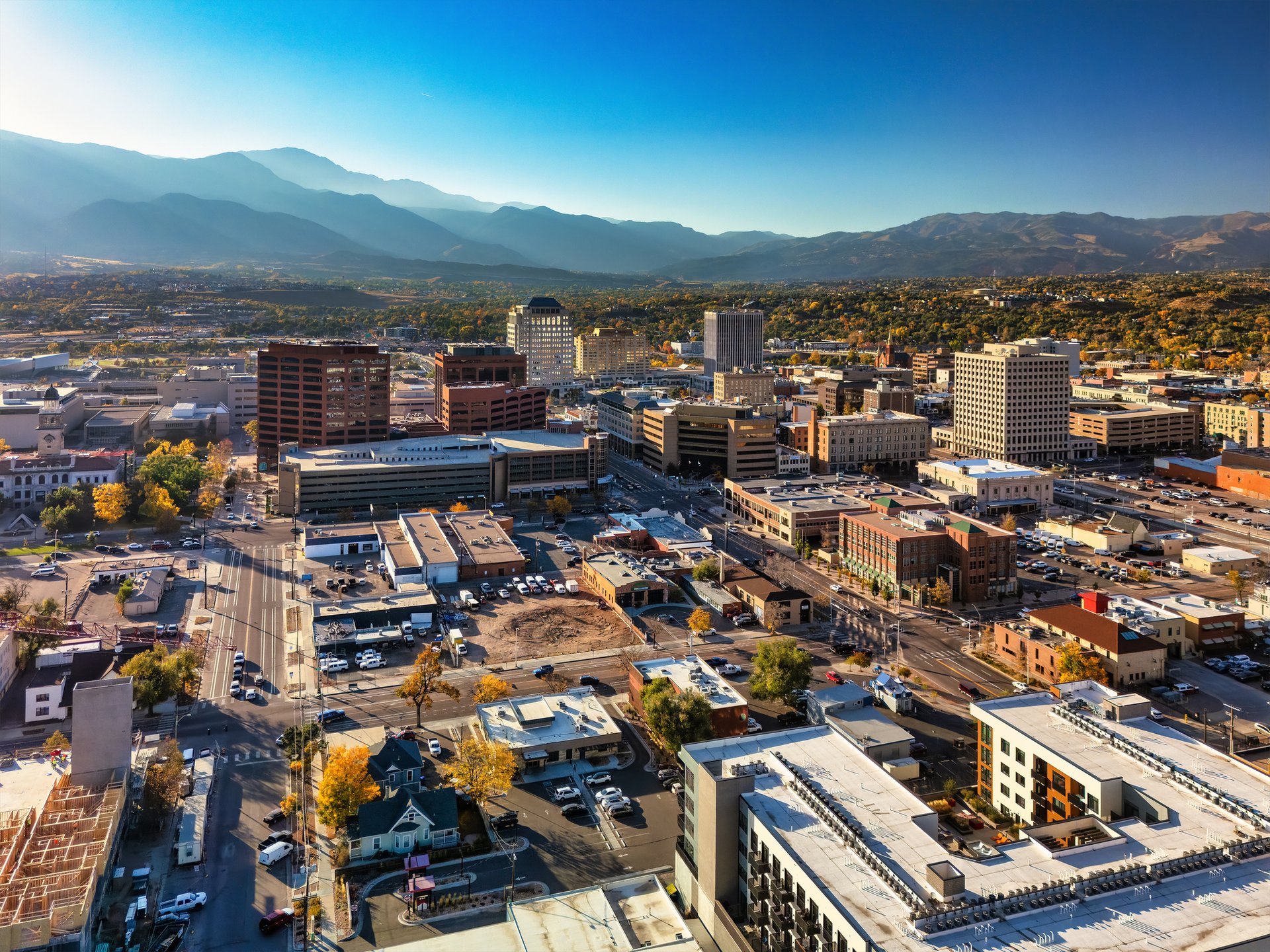
Dee Liu / Getty Images
Colorado Springs rounds out the top five thanks to its strong job market and high earning potential for veterans. The city’s median veteran income tops $64,000, one of the highest in the nation, and its veteran unemployment rate is just 5.1%. It also boasts the largest veteran population per capita of any major U.S. city.
2 / 10
4th Best: Raleigh, North Carolina
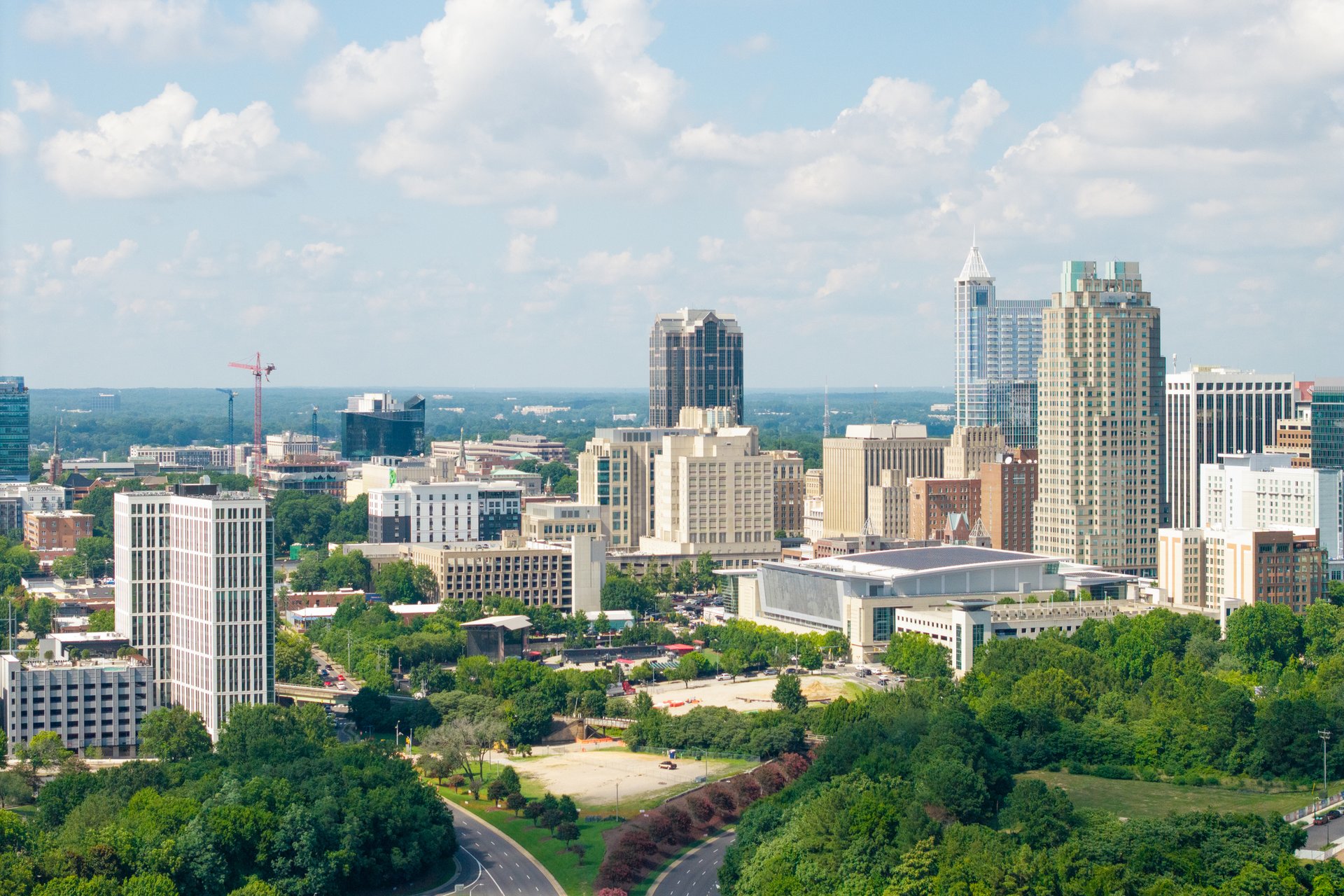
carlofranco / Getty Images
Raleigh’s median veteran income is over $61,000, supported by a healthy 17.9% job growth rate between 2020 and 2024. Veterans in Raleigh also benefit from one of the lowest homelessness rates nationwide and a strong network of VA services. While the city’s projected veteran population decline is smaller than most, Raleigh ranks high for family-friendliness and educational access.
3 / 10
3rd Best: Madison, Wisconsin
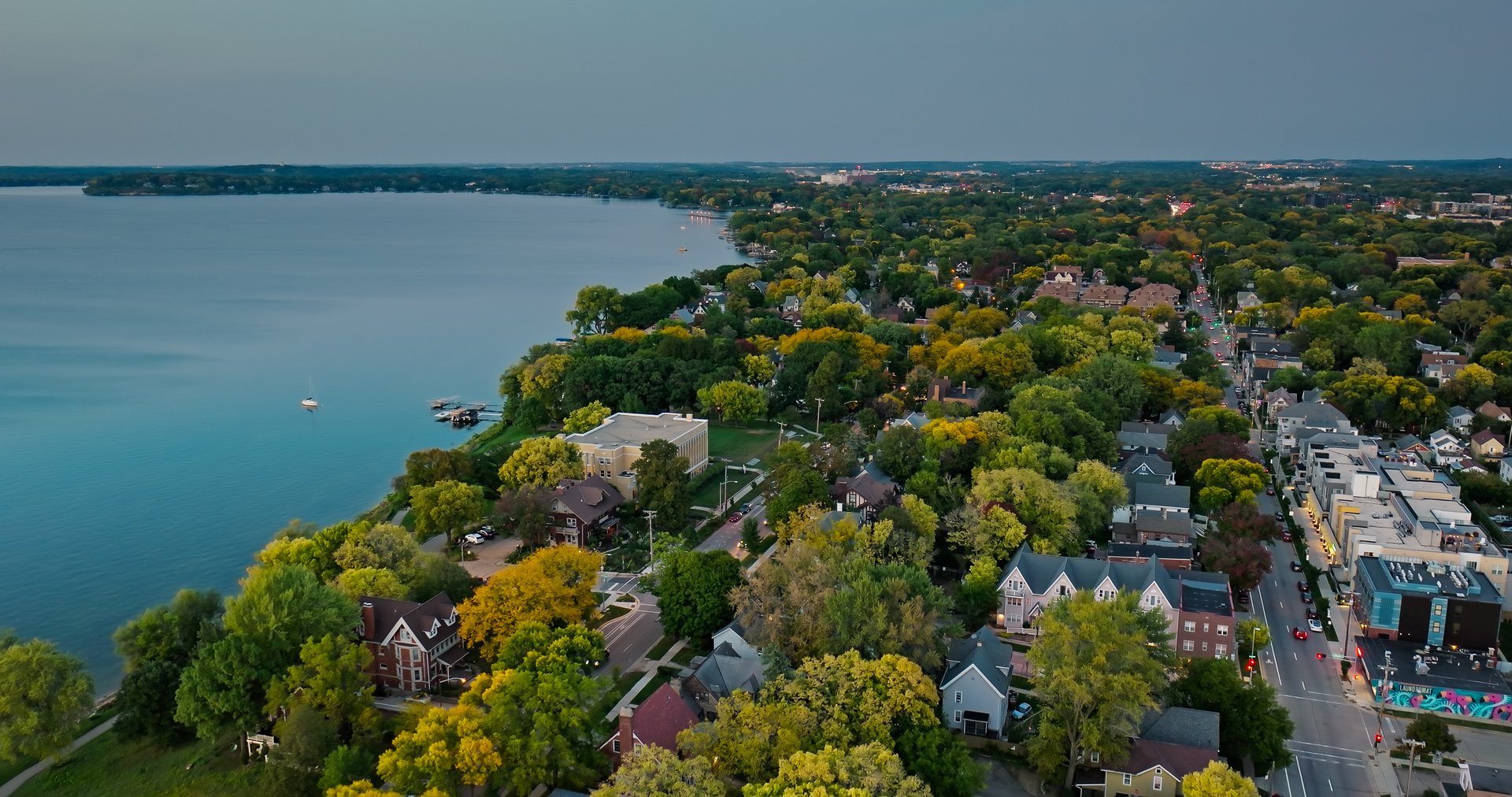
halbergman / Getty Images
Madison has the fourth-fastest veteran income growth rate in the country, at roughly 9% annually, and one of the lowest homelessness rates, with only two homeless veterans per 1,000. Madison also offers the third-best colleges for veterans, contributing to its low unemployment and high-quality workforce. Plus, it has a median veteran income of about $60,000.
4 / 10
2nd Best: Tampa, Florida
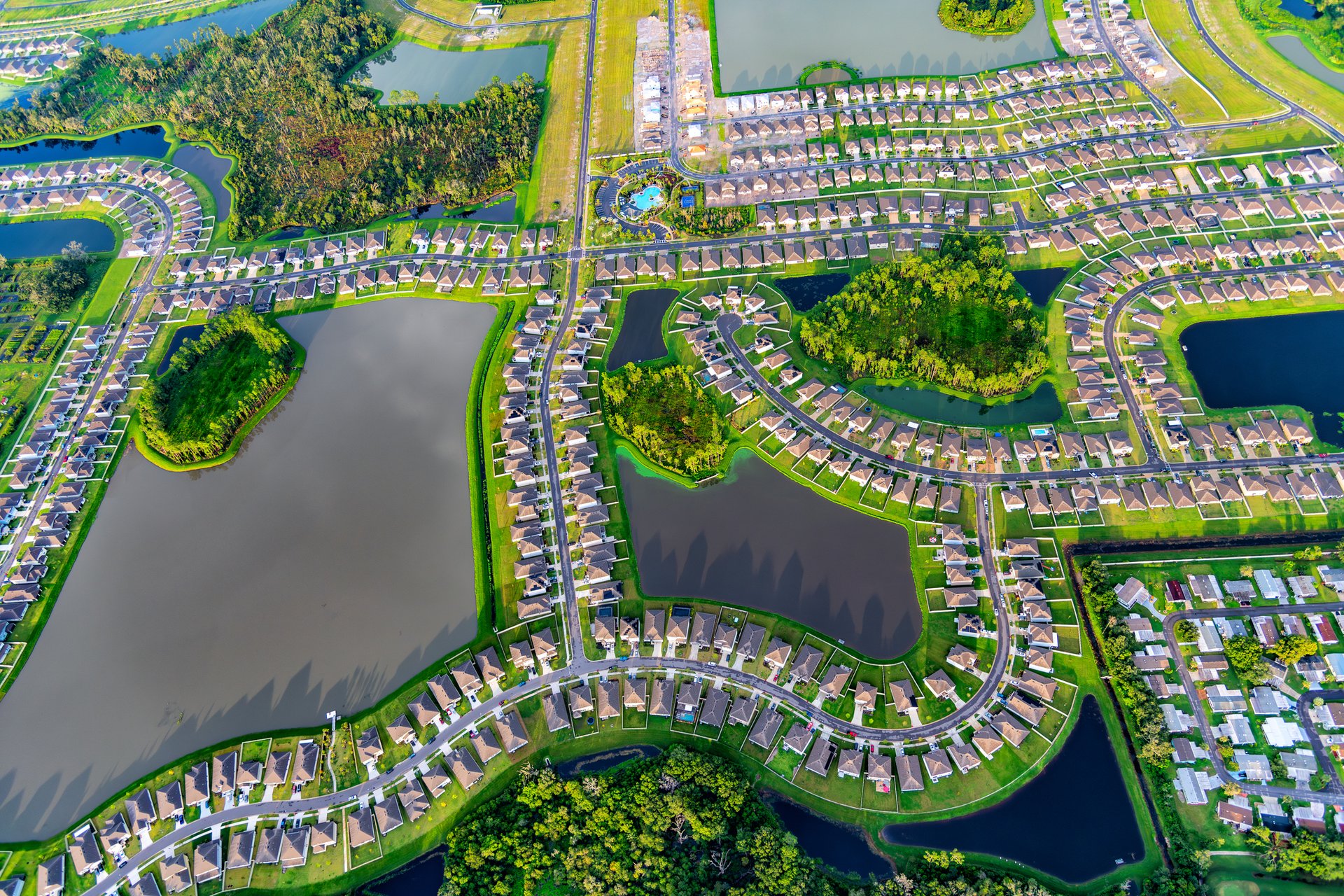
Art Wager / Getty Images
Tampa takes second place largely thanks to its outstanding access to VA health care and veteran benefits. The city ranks third for VA health facilities per capita and sixth for VA benefits offices, while its VA medical system earns the second-highest quality rating in the country. Veterans in Tampa also see incomes increasing 6.3% per year and a median income of $53,000.
5 / 10
Best: Austin, Texas
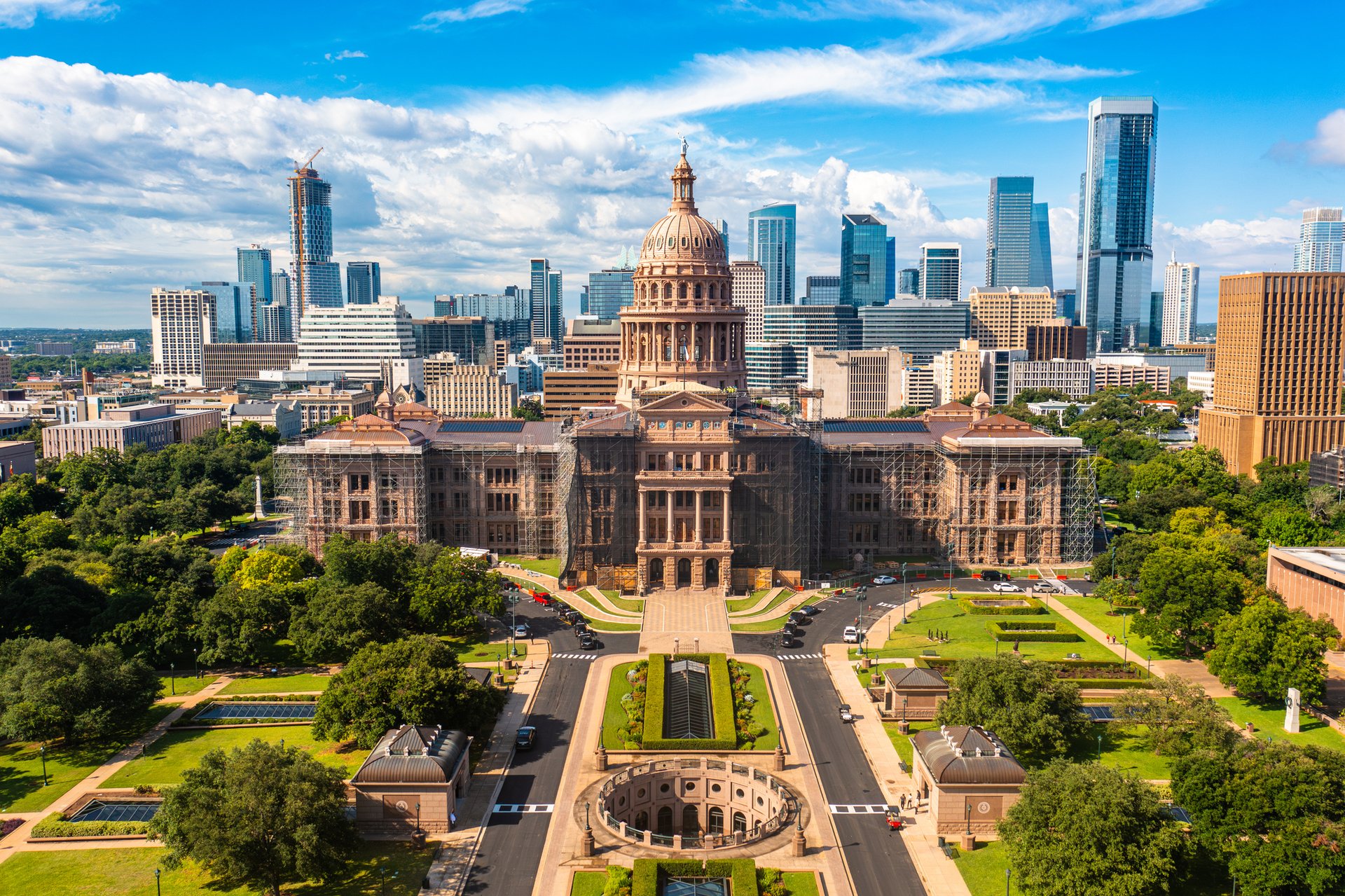
adamkaz / Getty Images
Austin tops WalletHub’s list as the best city in America for veterans. The city boasts the 10th-highest median income for veterans, at around $62,000, and some of the best colleges for veterans nationwide. Austin also ranks seventh for job growth and is projected to have one of the smallest declines in veteran population through 2053.
6 / 10
5th Worst: Toledo, Ohio
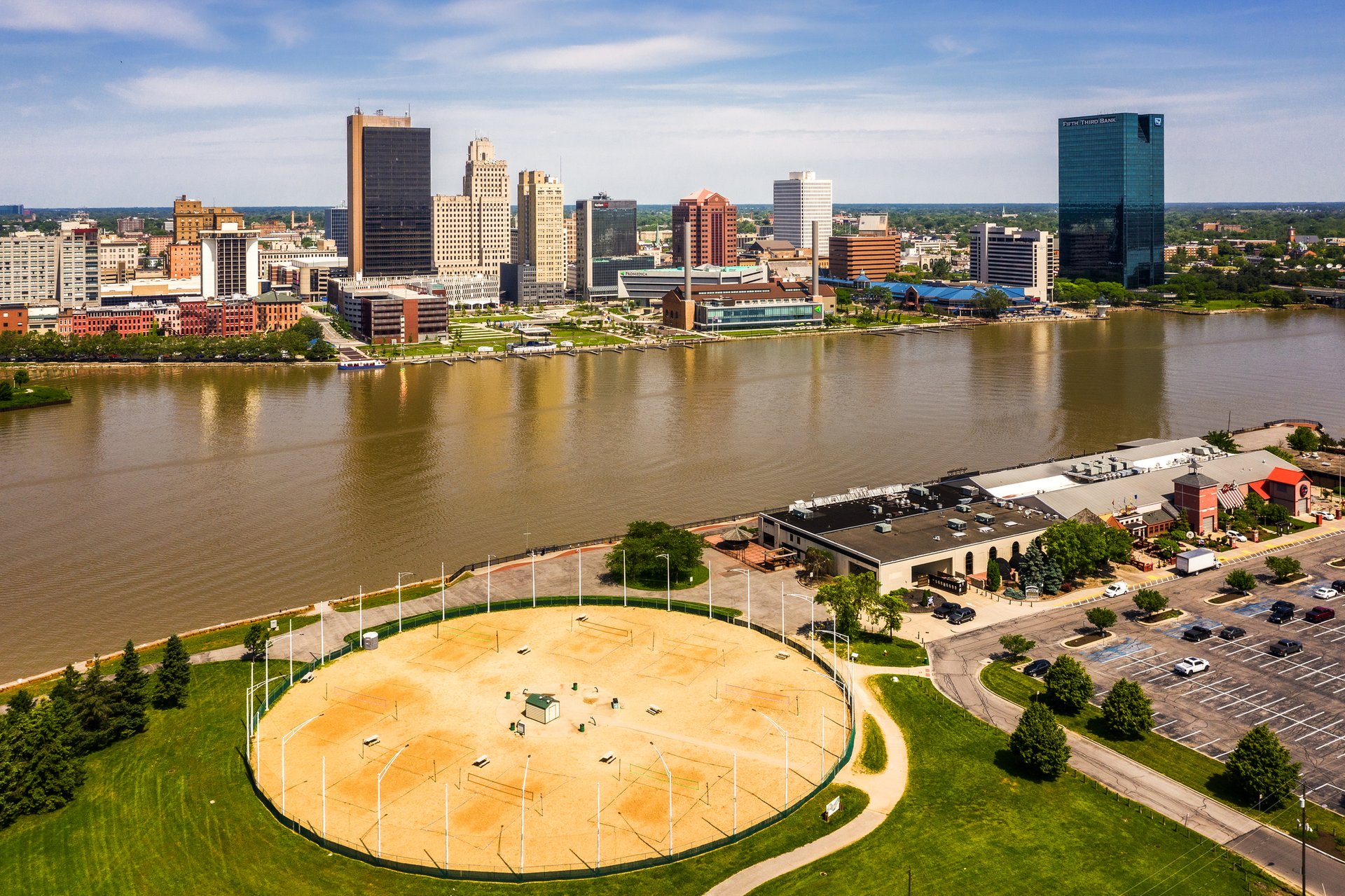
Posnov / Getty Images
Toledo veterans are struggling. The median veteran income is just $40,000, among the lowest nationwide, and more than 14% of veterans live in poverty. The city also posts a higher veteran unemployment rate than average. Although housing affordability is decent, Toledo has seen a steep decline in its veteran population recently.
7 / 10
4th Worst: Memphis, Tennessee
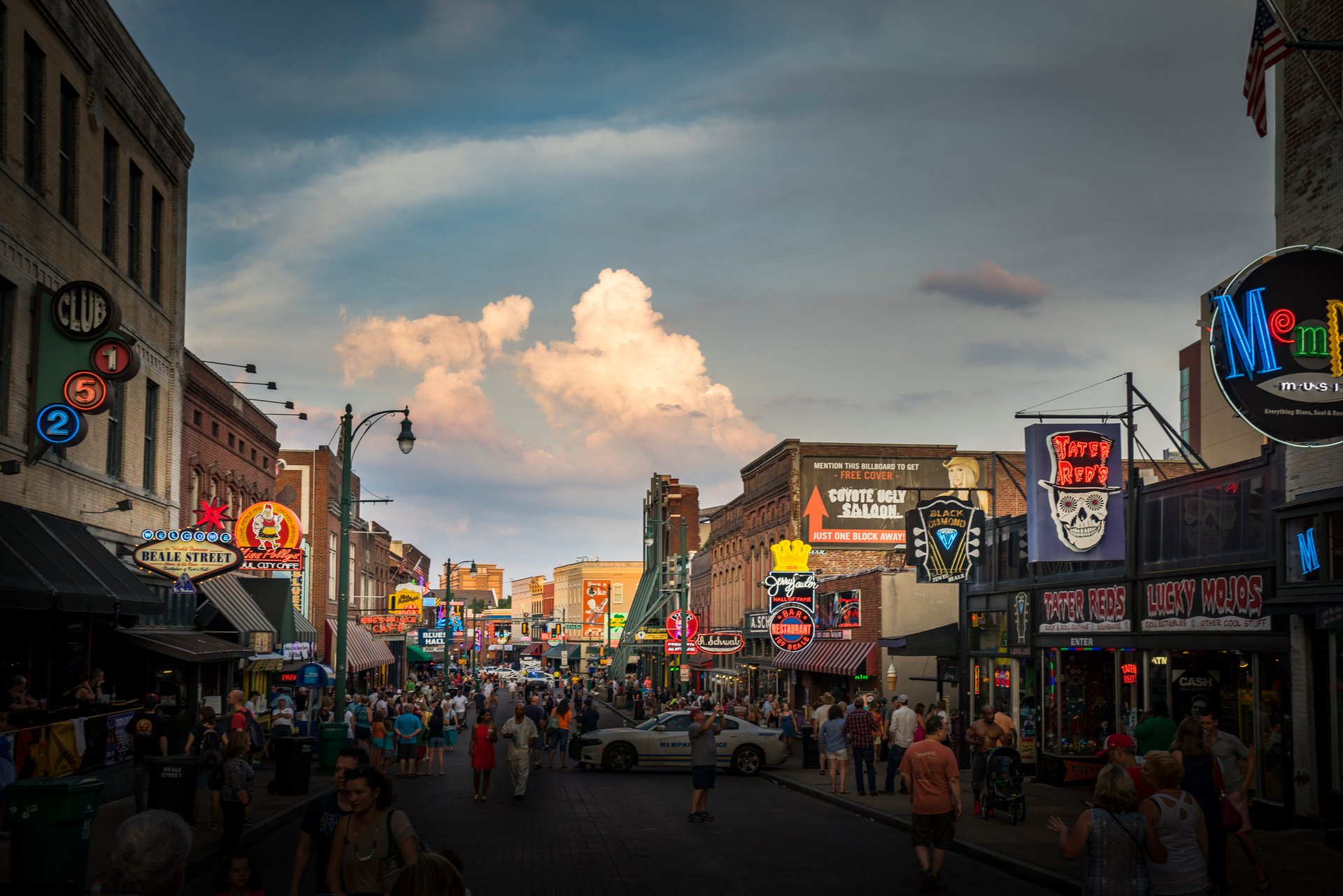
© Nina Dietzel / Getty Images
Memphis faces challenges with job growth and income stability for veterans. The city has seen negative job growth since 2020 and a veteran unemployment rate of 8.2%. Median income for veterans is $47,000, and more than 12% live below the poverty line. Despite affordable housing, Memphis ranks near the bottom for retiree-friendliness, and its VA health care access and quality lag behind most other major cities.
8 / 10
3rd Worst: Baton Rouge, Louisiana
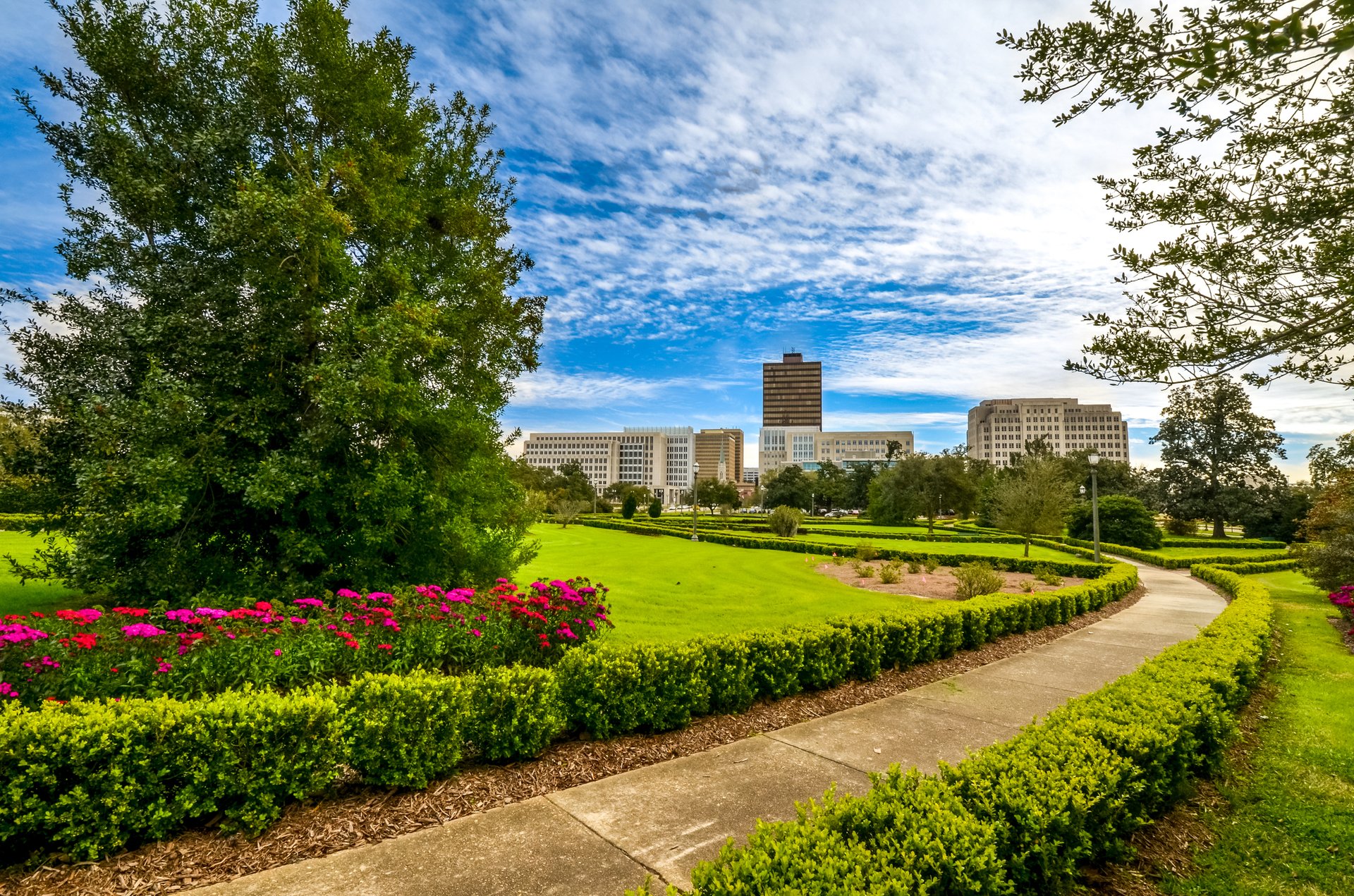
Evren Trx / 500px / Getty Images
Baton Rouge ranks low due to limited income growth and widespread economic hardship among its veteran population. With an average veteran income growth rate of just 0.6%, the city offers few opportunities for financial advancement. Nearly 13% of veterans live in poverty, and veteran homelessness remains a serious concern. Baton Rouge also faces one of the sharpest projected drops in veteran population, losing nearly half of its veterans by 2053.
9 / 10
2nd Worst: Detroit, Michigan
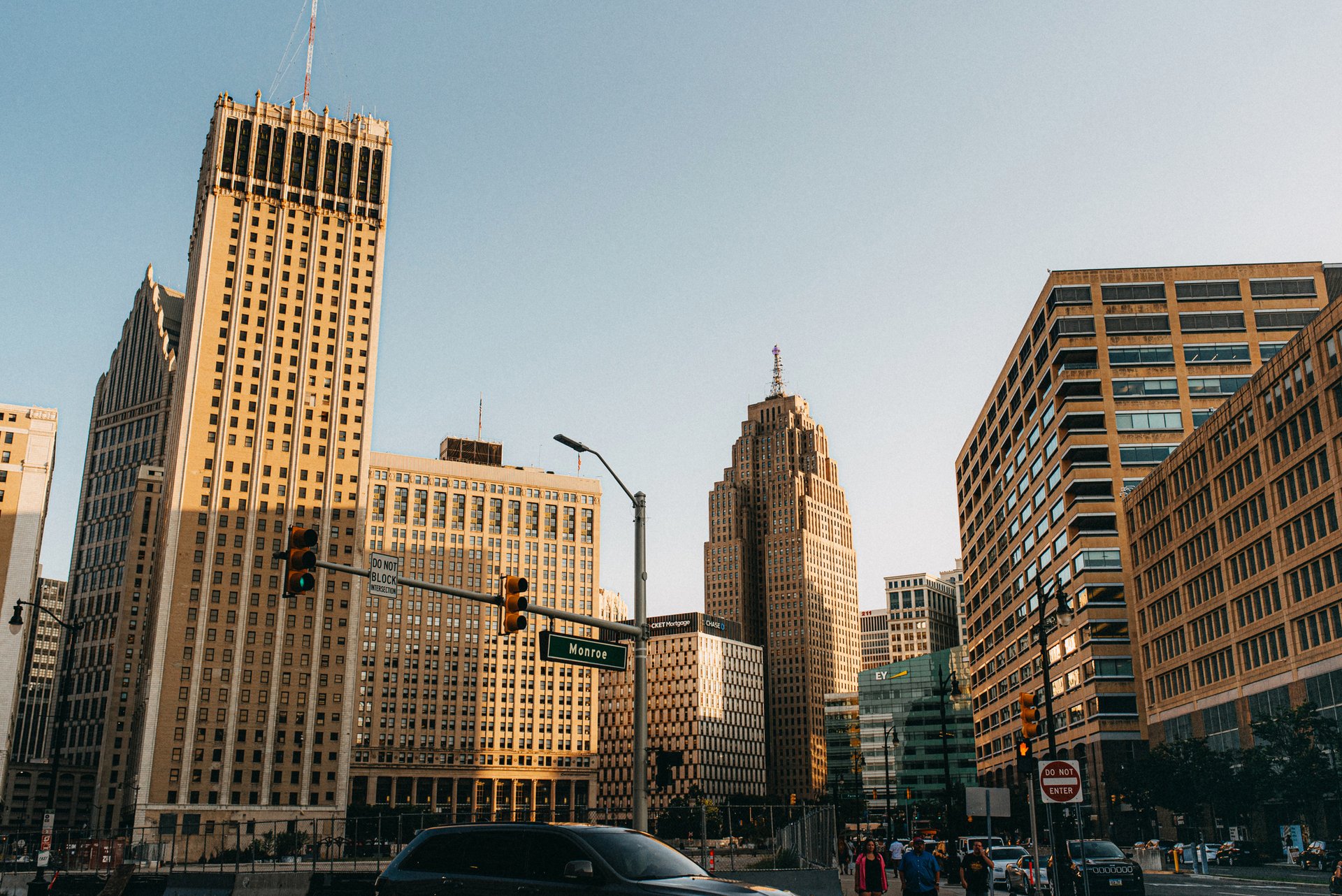
Stefania Pelfini la Waziya / Getty Images
Detroit continues to struggle with severe economic challenges that hit veterans especially hard. The city has a veteran unemployment rate of 14.6%, one of the highest in the country, and the median veteran income is just $32,000. More than 23% of veterans live in poverty, and the veteran population is shrinking faster than nearly anywhere else. Despite improvements in city services, Detroit’s VA health resources and community support systems remain limited.
10 / 10
Worst: Newark, New Jersey
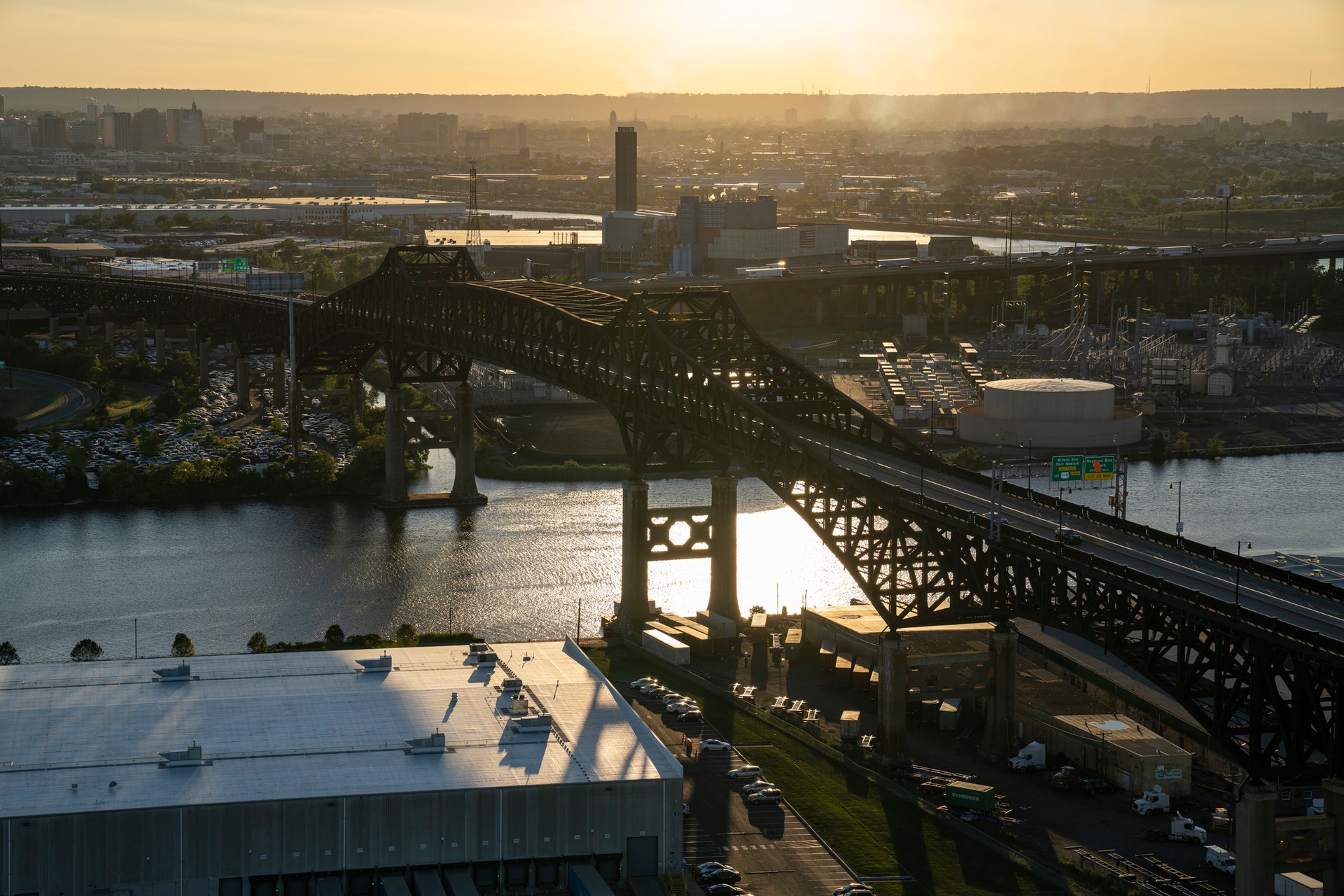
Nisian Hughes / Getty Images
Newark ranks last among the 100 largest cities, burdened by poor economic conditions and limited veteran support infrastructure. The median veteran income is under $28,000, and nearly 19% live in poverty. Job growth for veterans remains stagnant, while the overall veteran population has fallen by nearly 59%. Newark’s health and quality-of-life scores are among the lowest, and the lack of accessible VA health facilities compounds the city’s challenges.
